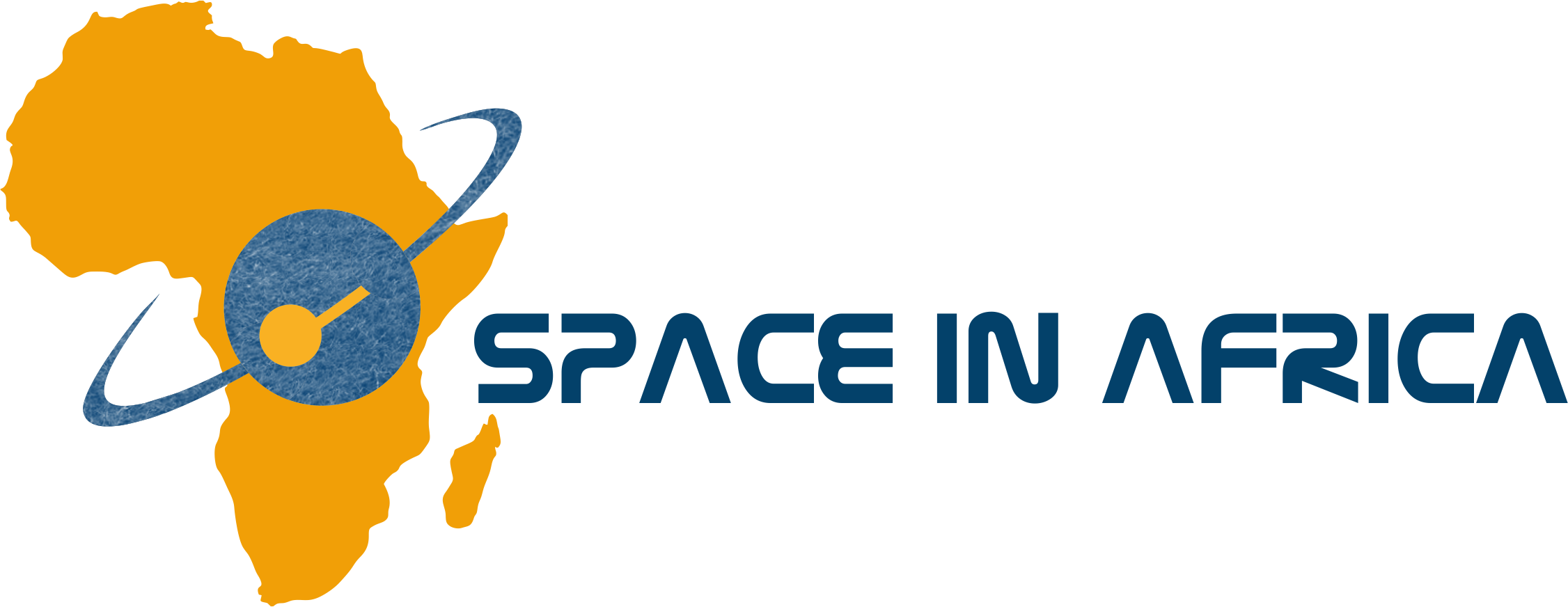Part 2 of 2 Parts (Please read Part 1 first)
Kimaitha says, “The (African) Space market has changed dramatically. It’s not the same market we had a few years ago. It is changing in response to a requirement for connectivity,” says Kimaitha.
In July, Nigeria’s National Space Research and Development Agency (NASRDA) issued a request for proposal. They were looking for a public-private partnership arrangement to supply up to ninety percent of its citizens with faster, cheaper and more reliable internet by 2025.
The main objective of the South African Development Community (SADC) is to “achieve development, peace and security, and economic growth, to alleviate poverty, enhance the standard and quality of life of the peoples of Southern Africa, and support the socially disadvantaged through regional integration, built on democratic principles and equitable and sustainable development. Angola, Botswana, Comoros, Democratic Republic of the Congo, Eswatini, Lesotho, Madagascar, Malawi, Mauritius, Mozambique, Namibia, Seychelles, South Africa, Tanzania, Zambia, Zimbabwe are included in the SADC.
South Africa’s first private prospective satellite operator MzansiSat recently announced plans to all SADC region countries. Other local commercial satellite firms in the continent include Nigeria Communication Satellite and publicly traded Egyptian Satellite Company (NileSat).
Elon Musk’s SpaceX is working on developing a satellite constellation called Starlink. It will enter the African broadband market with launches scheduled from late 2021 and early 2022.
SES Network recently unveiled “03b mPower”, its next generation of satellites. It has plans to initially launch eleven high-speed satellites into Earth orbits that will supply global coverage including Africa. SES says that is is targeting governments for public-private partnerships in order to expand internet connectivity into remote areas of Africa. It intends to boost the resilience of mobile network operators and support landlocked countries in efforts to bridge the equality gap through connectivity.
Kamaitha said, “We have countries that are landlocked that do not have access to undersea cables and have to go through multiple countries to get connectivity. There is still demand for good connectivity in those markets and satellite is an answer.” Countries in the Sahel region like Chad, Niger and Mali represent a huge opportunity according to Kamaitha because they are big and landlocked.
Kamaitha listed an increasing need for enhanced security and Intelligence, Surveillance, and Reconnaissance (ISR) as key areas raising governments demand for satellite connectivity while a rise in adoption of the Internet of Things including smart-connected homes was creating demand on the commercial side.
Kamaitha said, “The big equation is to explore financing models. Where we have been successful with governments has been where we talk about having things like PPPs, where governments, funding entities or private sector comes in and the solutions can be delivered.”
In Burkina Faso, SES was offering e-governance solutions and connectivity between provinces. In Ethiopia, SES carried out a capacity building exercise and mass training of young people on basic knowledge of installing and maintaining different V-sat technologies. (V-sat stands for “very small aperture terminal”. It refers to a small Earth stations used in the transmission and reception of data, voice and video signals over a satellite.)
Space in Africa estimates that the African space market will exceed ten billion dollars by 2024 boosted by rising investments.
